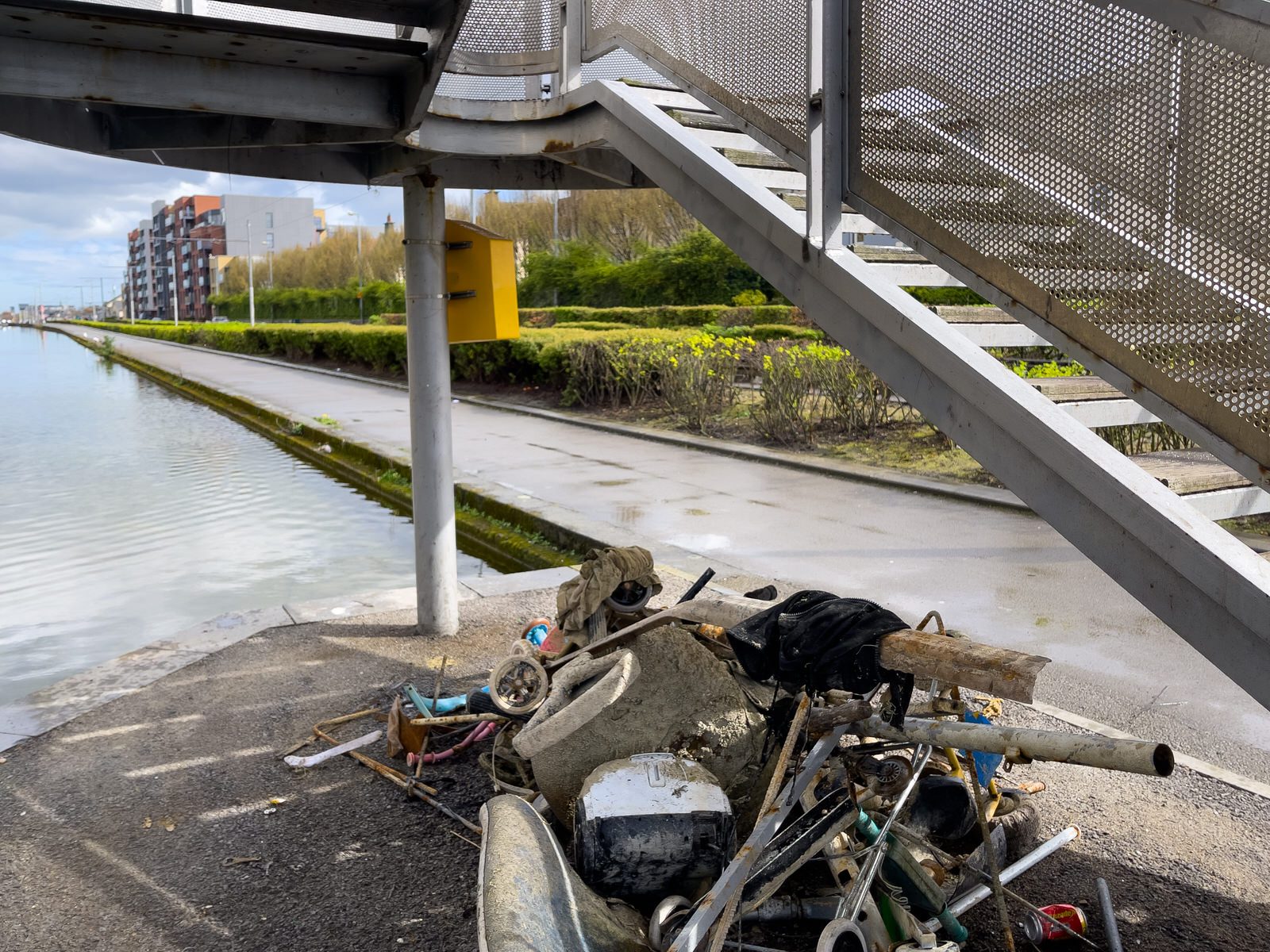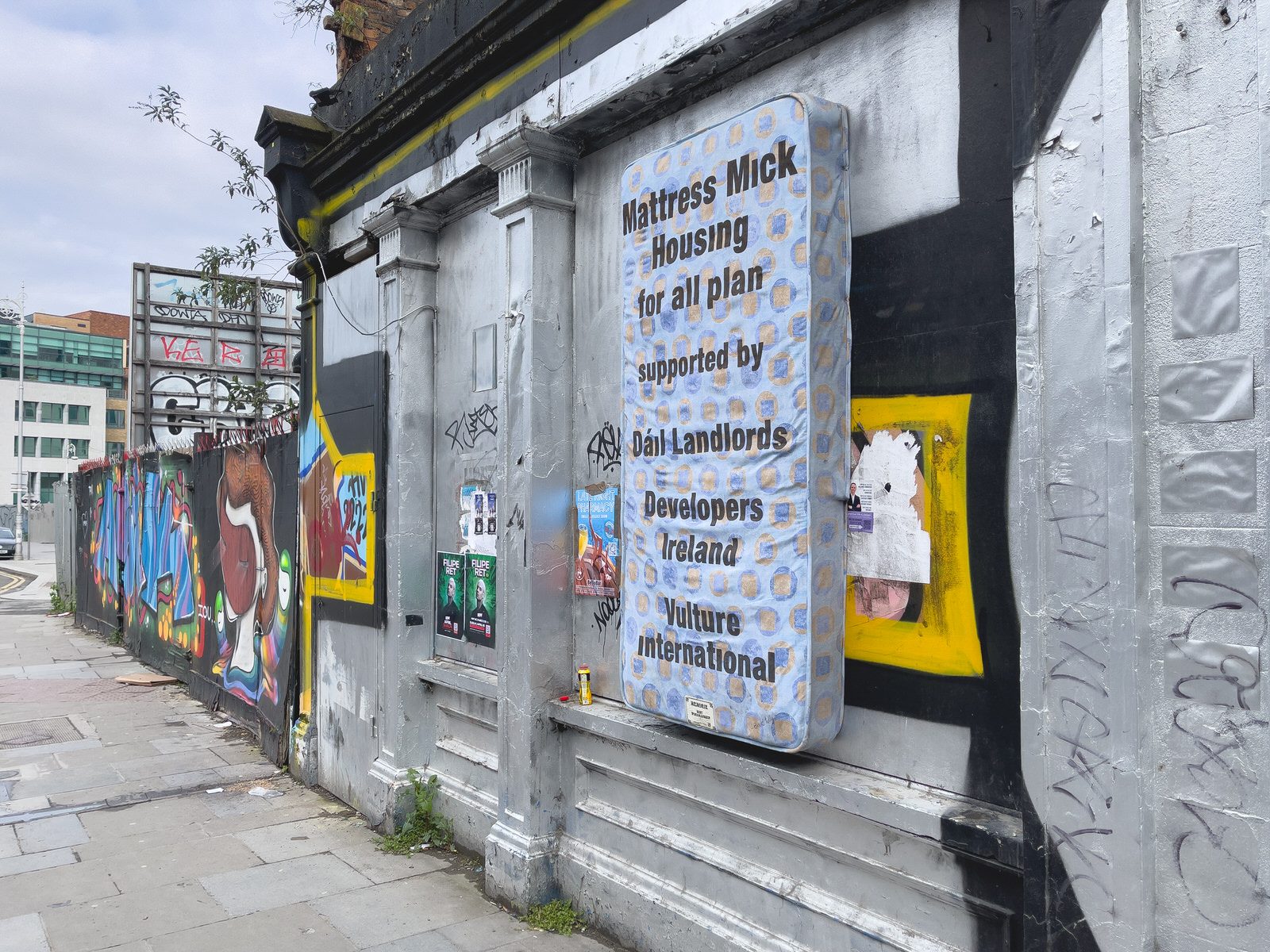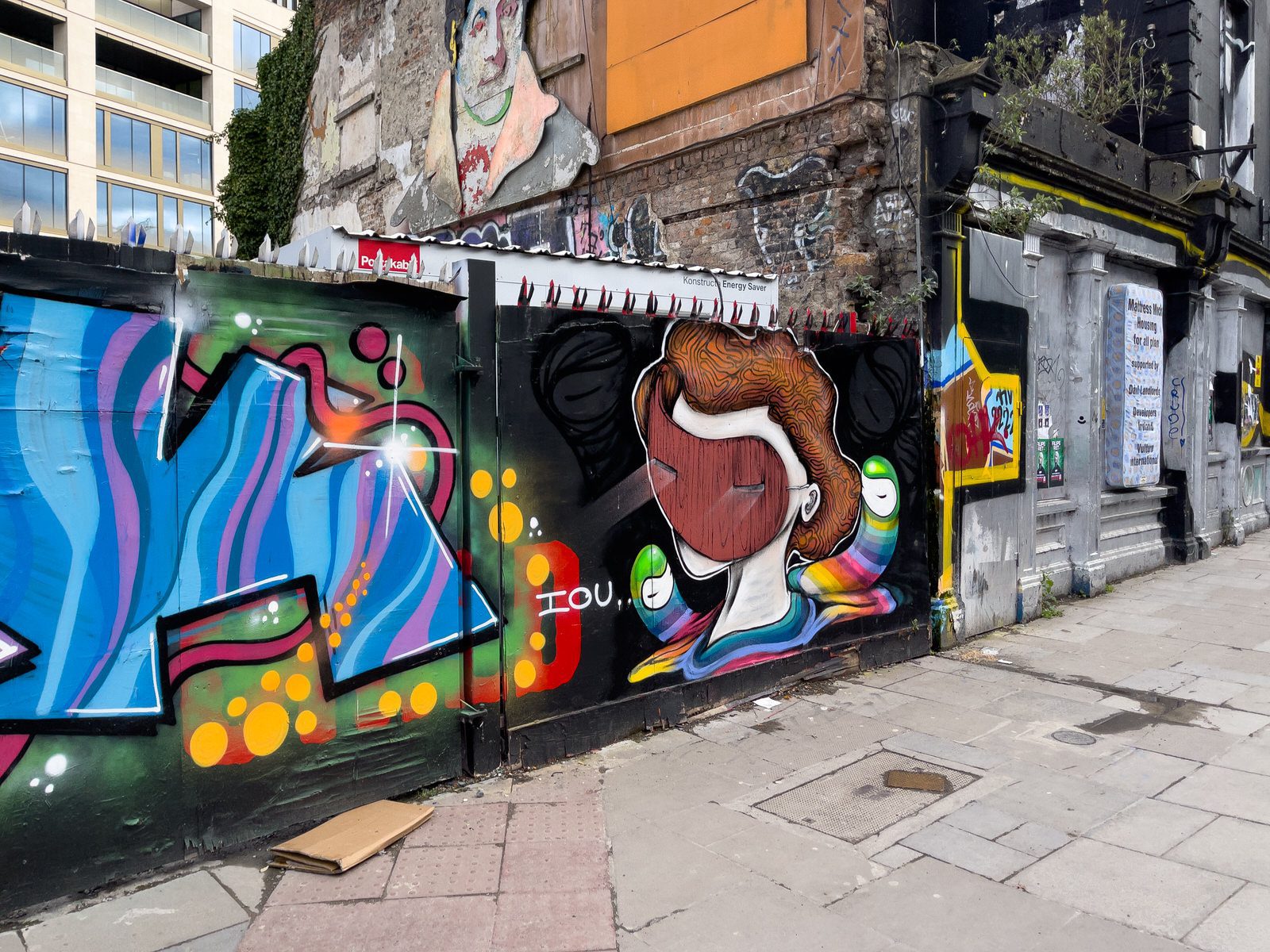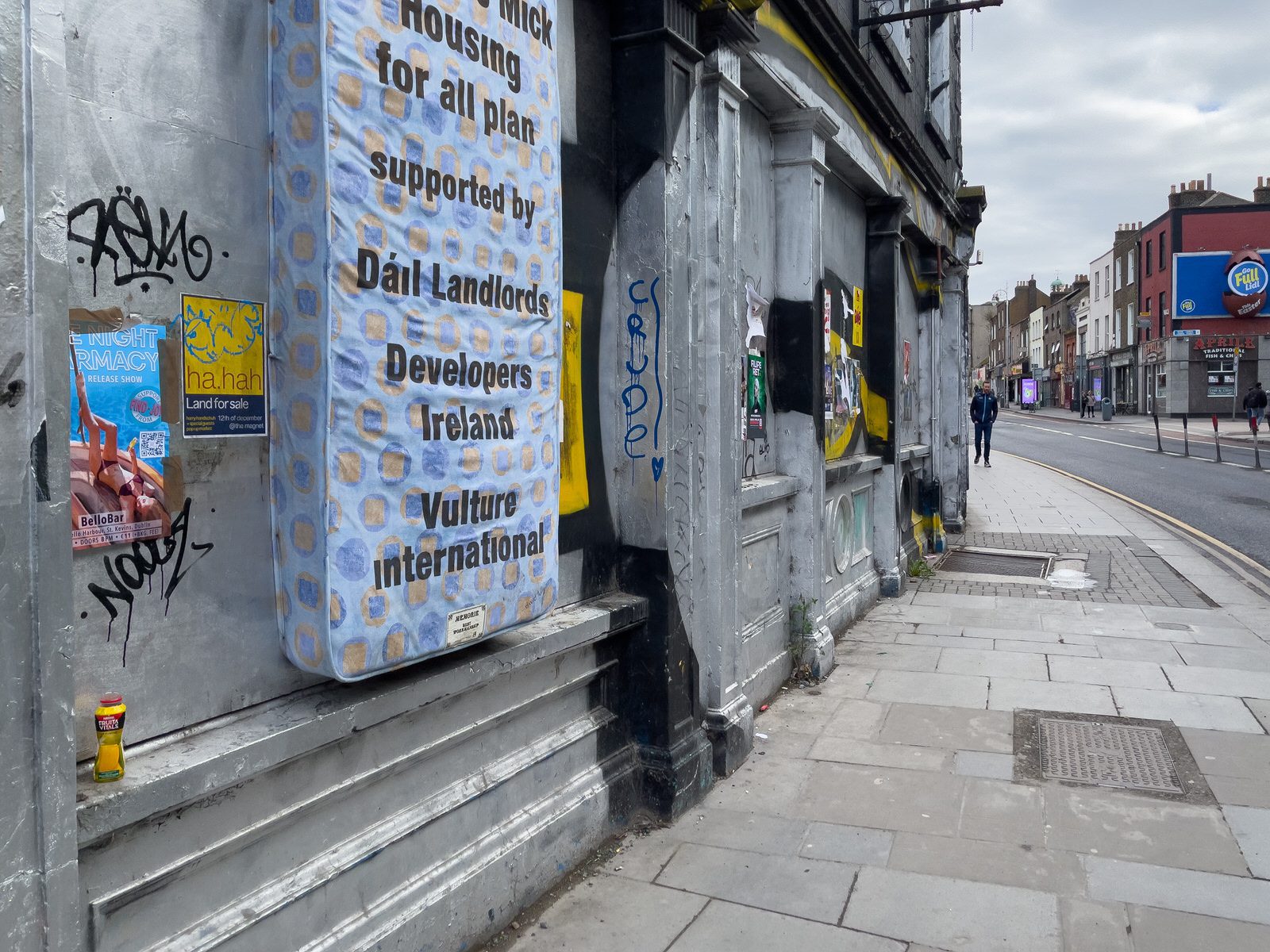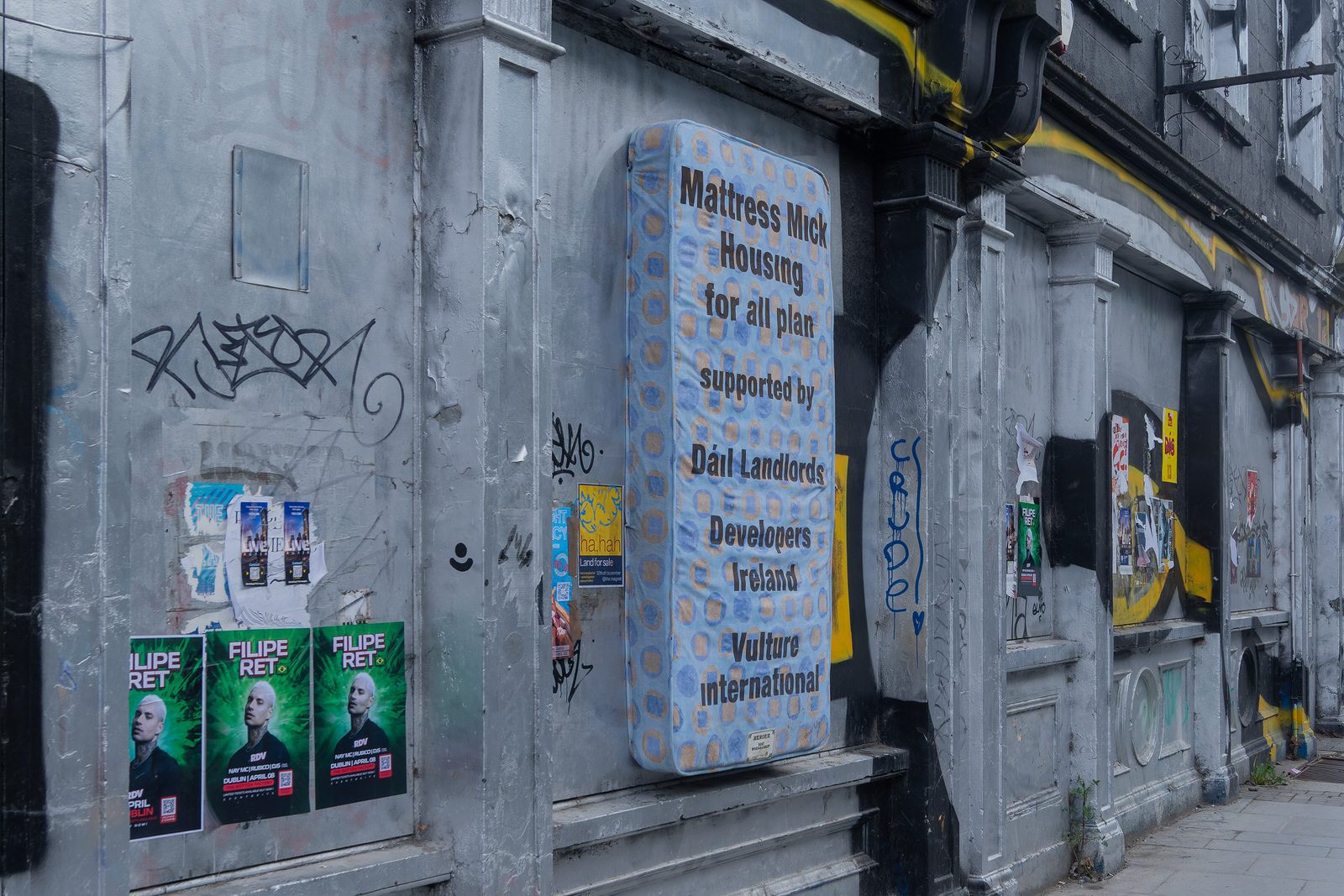SEAN WALSH MEMORIAL PARK IN TALLAGHT
While I was photographing these fairy homes a young girl arrived and started kicking one of the little doors so it was somewhat obvious that she did not fear the wrath of the fairy-folk and that could be a bad mistake as Irish fairies are not at all pleasant.
There are numerous fairies specifically associated with Ireland and I mention a few below.
Banshee: The Banshee is a harbinger of death. According to legend, she appears to members of certain Irish families to warn them of impending death. In the 17th-century text Memoirs of Lady Fanshawe, the Banshee is described as a woman in white with a ghastly pale complexion and white hair. She appears as a wailing spirit and sometimes wears the bloodstained clothing of the person about to die.
Leprechaun: The Leprechaun is, without doubt, the most famous Irish fairy. They are Earth Fairies that specialise in shoemaking. Leprechauns are known for being extremely small, wearing green clothes and hiding treasure. Despite their popularity, the first accounts of Leprechauns don’t appear in English literature until the early 17th century. According to W. B. Yeats in his 1888 book Fairy and Folk Tales of the Irish Peasantry, leprechauns are small, withered old men. The popular image of these little men also suggests they are ill-tempered and mischievous.
Pooka: Also spelled Puca, this Irish fairy is one to fear because he appears after nightfall and can transform its shape into all manner of horrific forms. There are various tales of the Pooka which tell of its ability to change into bats, eagles, dogs, goats or black horses. In the middle of the night, the Pooka may destroy crops and terrify livestock, but not all stories are negative.
Dullahan: This Irish fairy appears as a ghostly horseman and is associated with County Sligo and County Down. A number of people claim to have seen the Dullahan as it rode past; it is depicted as a headless horseman who holds his head under the crook of his arm. The head apparently glows, so the Dullahan uses it as a lantern to help guide him during the night.
Changelings: The legend of the Changelings is popular throughout Europe, especially in Ireland. These creatures are the deformed children of fairies who are abandoned. The parents tend to swap the Changeling with a human baby, and these creatures are described as sickly and abnormal. They either fail to pick up language or else their language skills are remarkably advanced. Some Changelings are constantly hungry and always crying. The W. B. Yeats poem The Stolen Child was inspired by tales of fairies stealing human children and leaving Changelings in their place. The tale of these unwanted fairy babies continues to inspire literature and even movies in the modern era. The famous movie Labyrinth acknowledged the famous work of Maurice Sendak who wrote about Changelings in Outside over There in 1981.
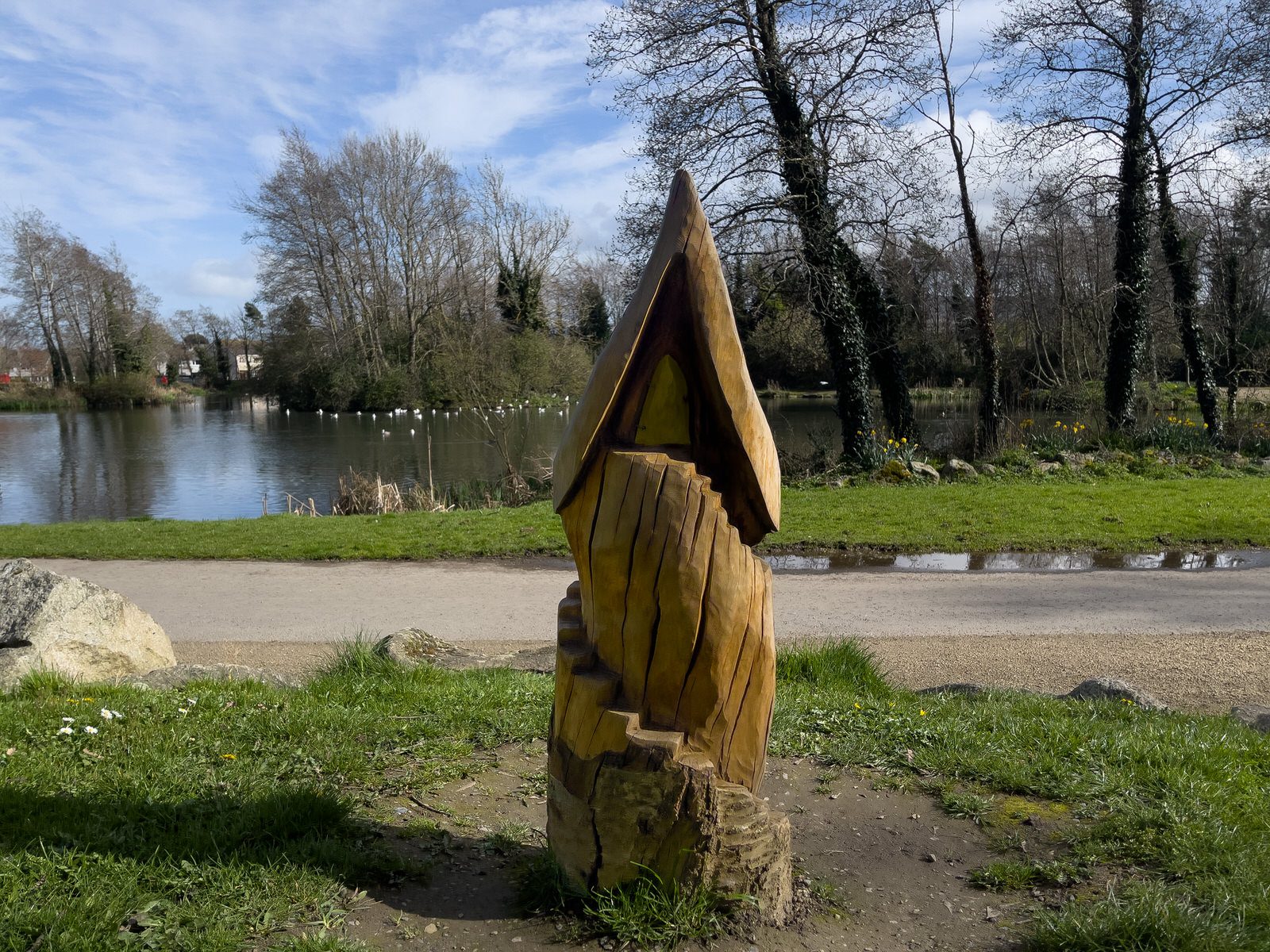
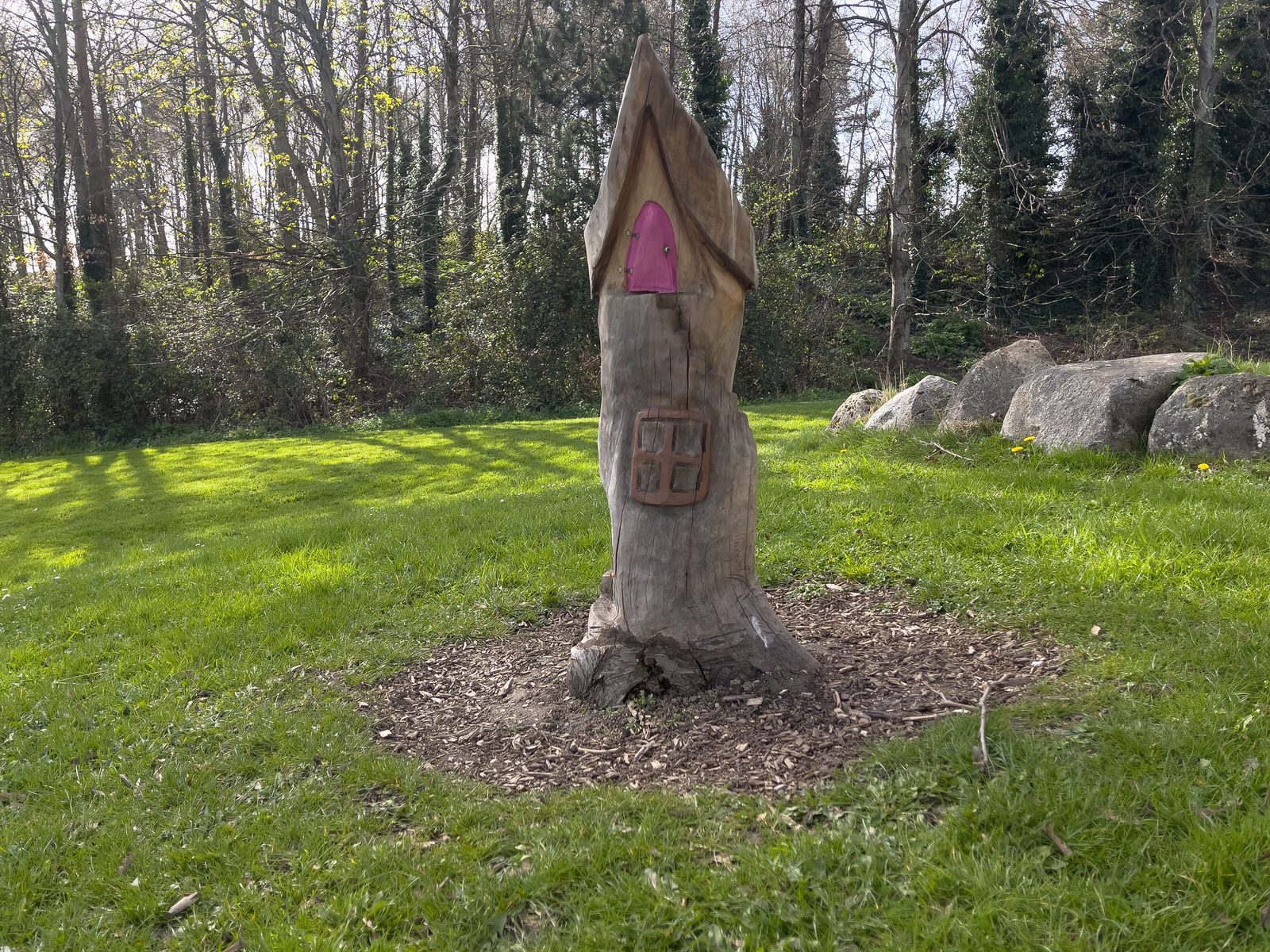

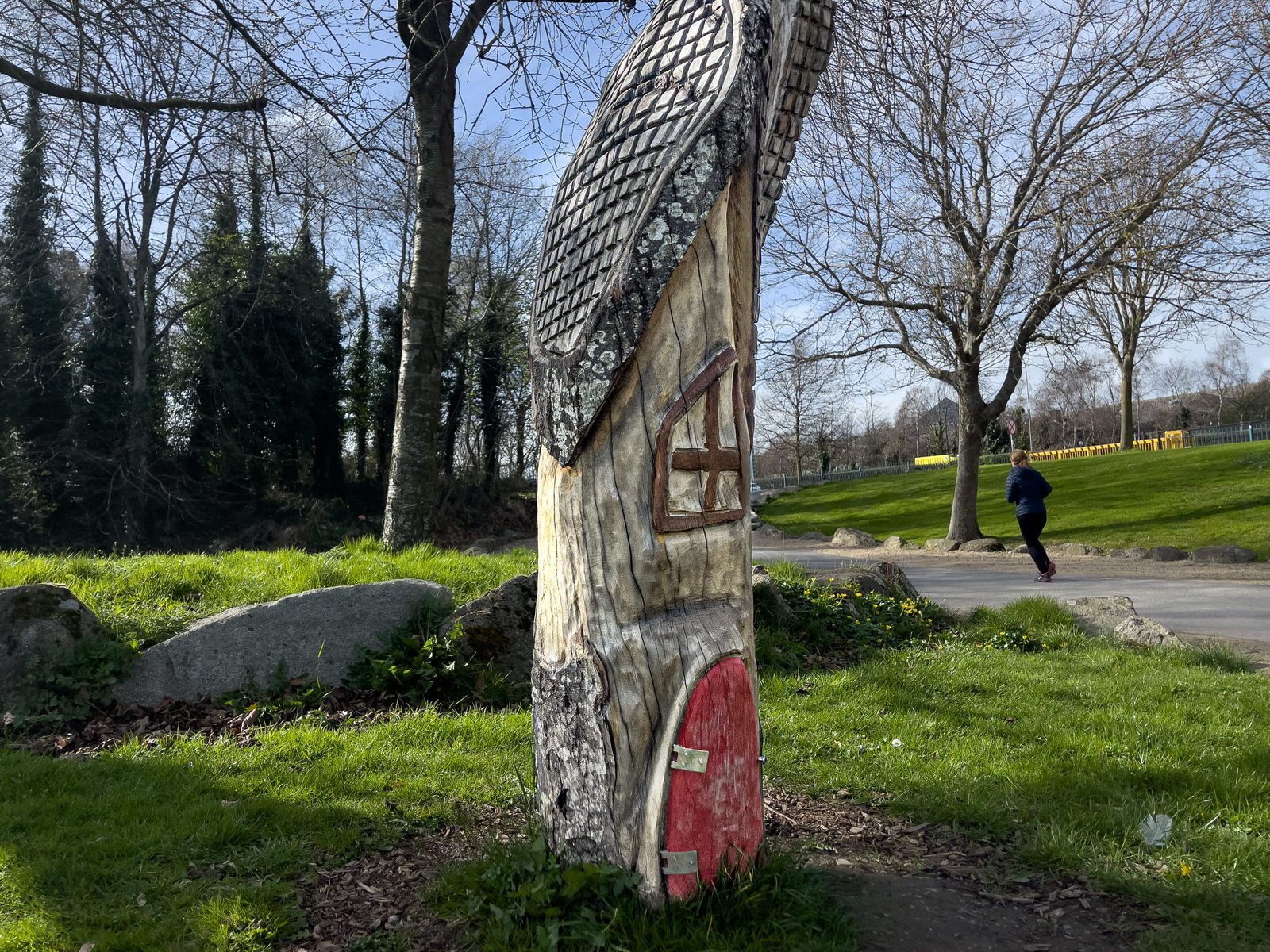
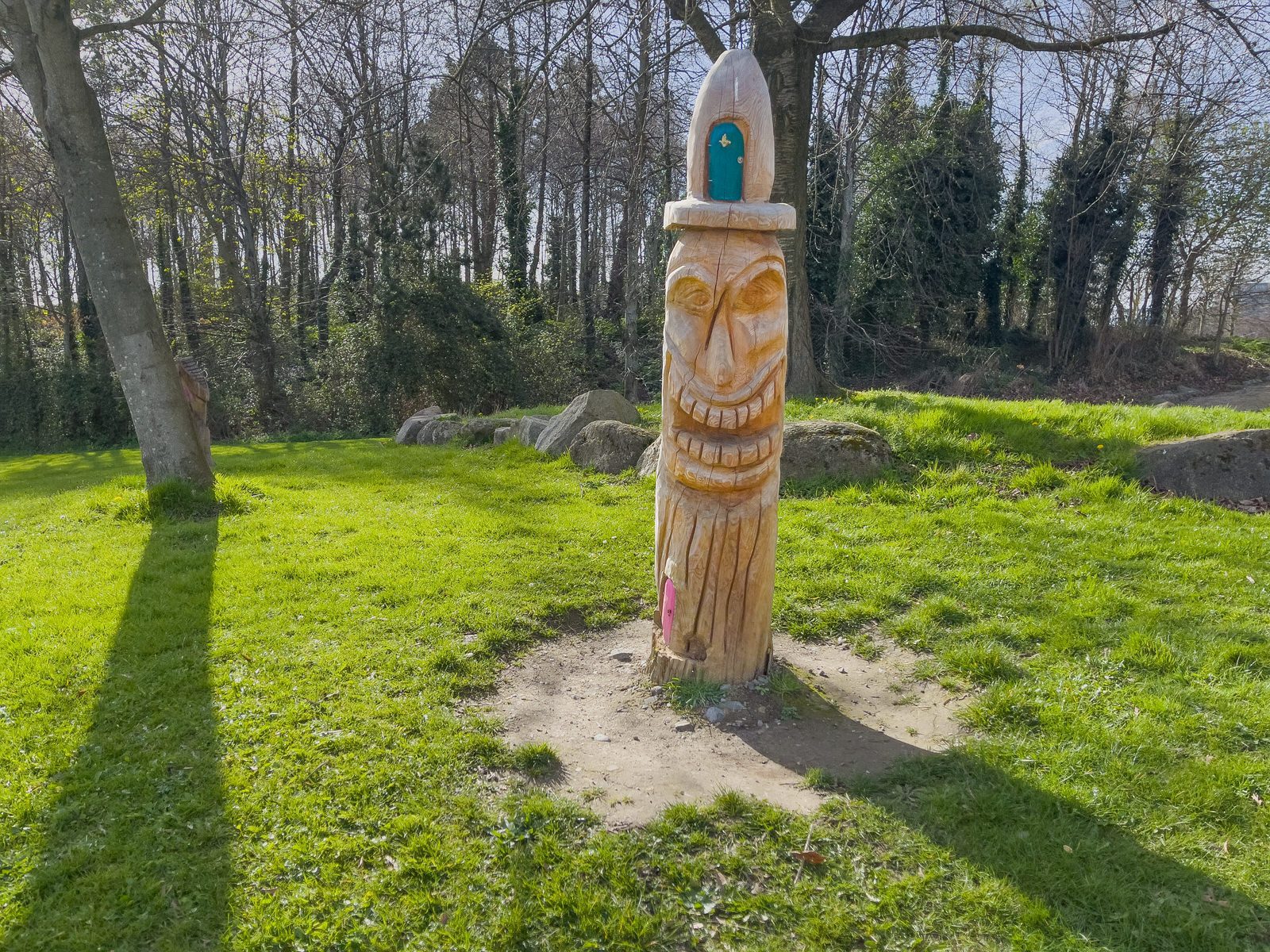
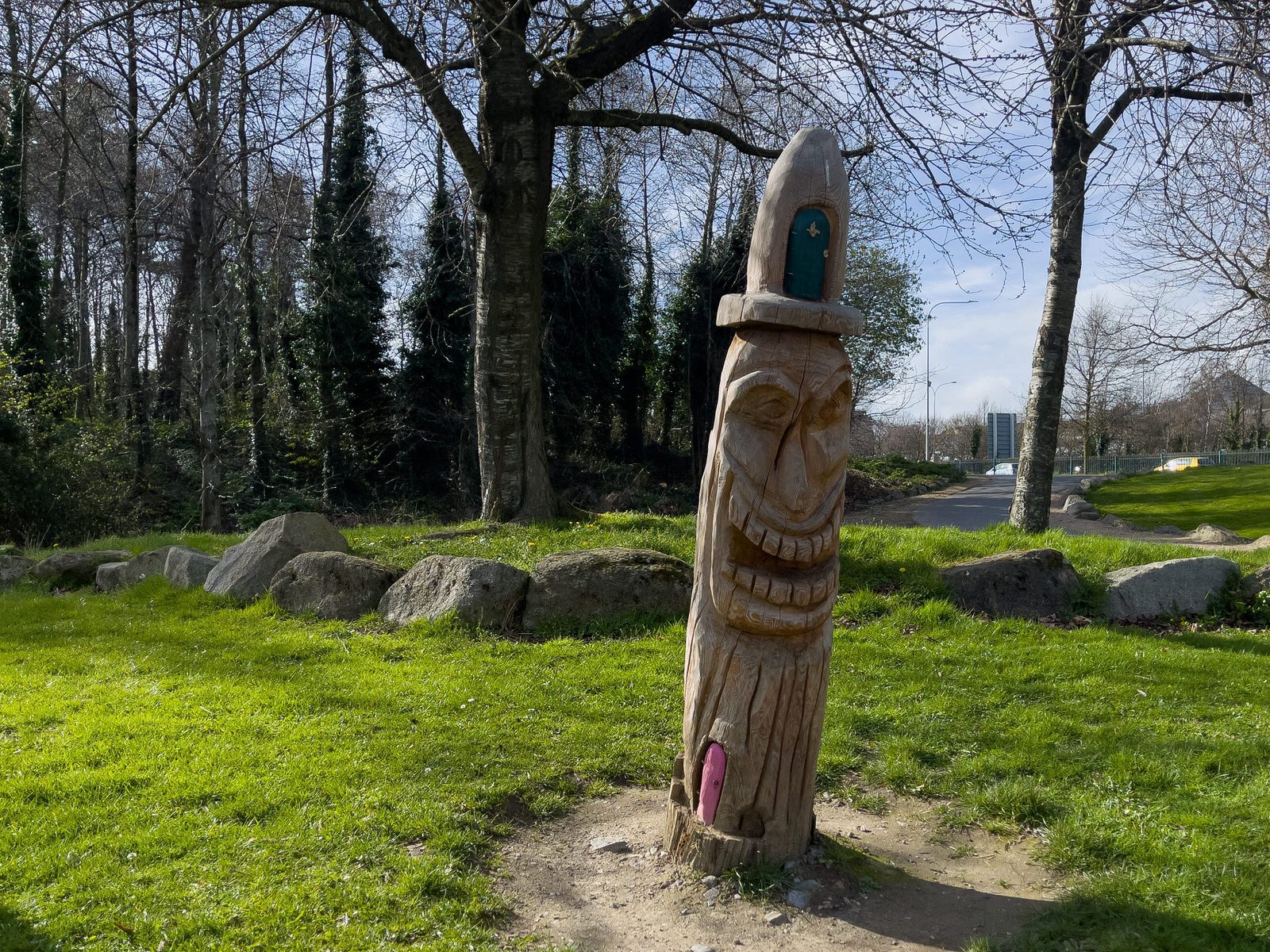
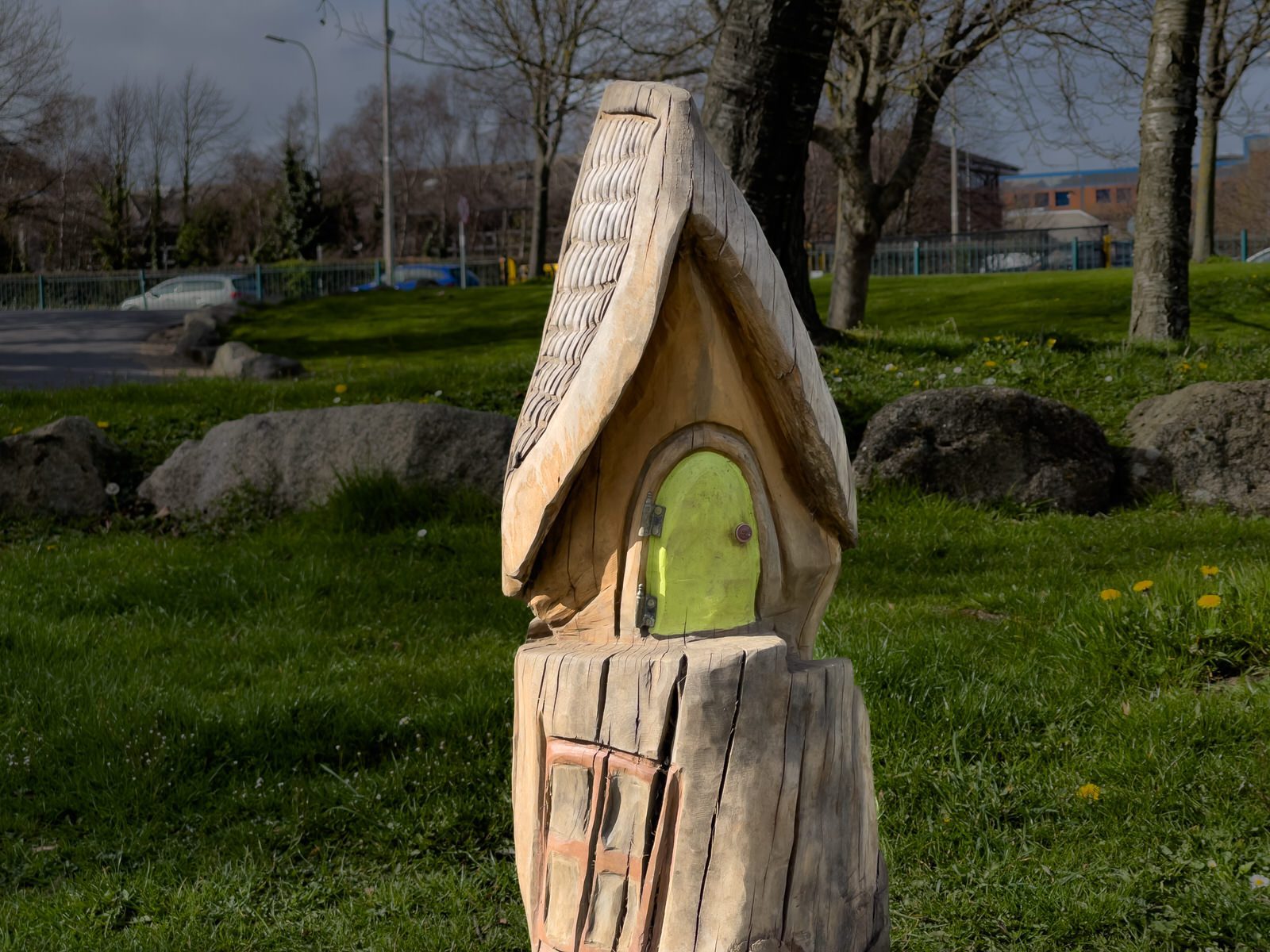
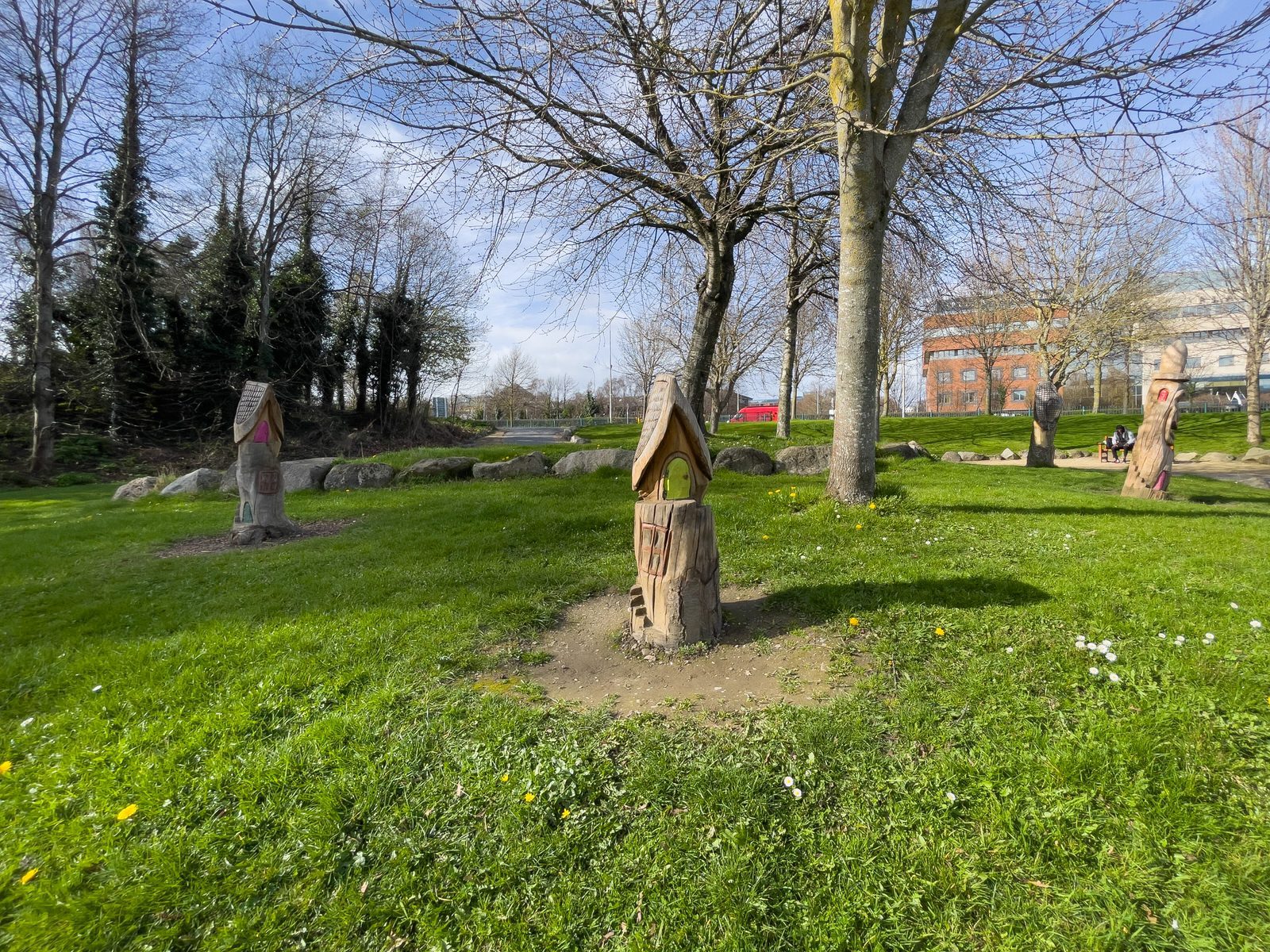
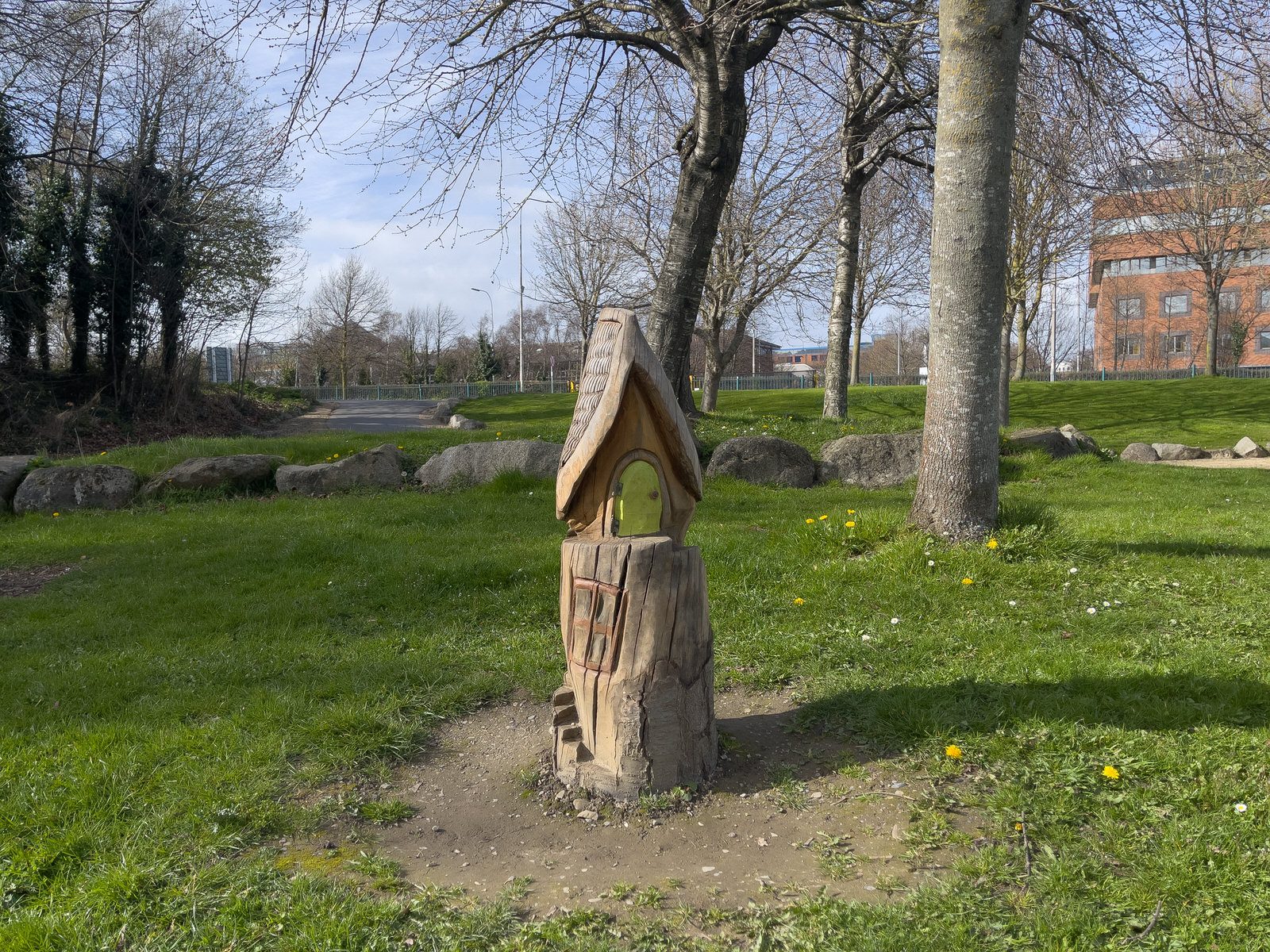
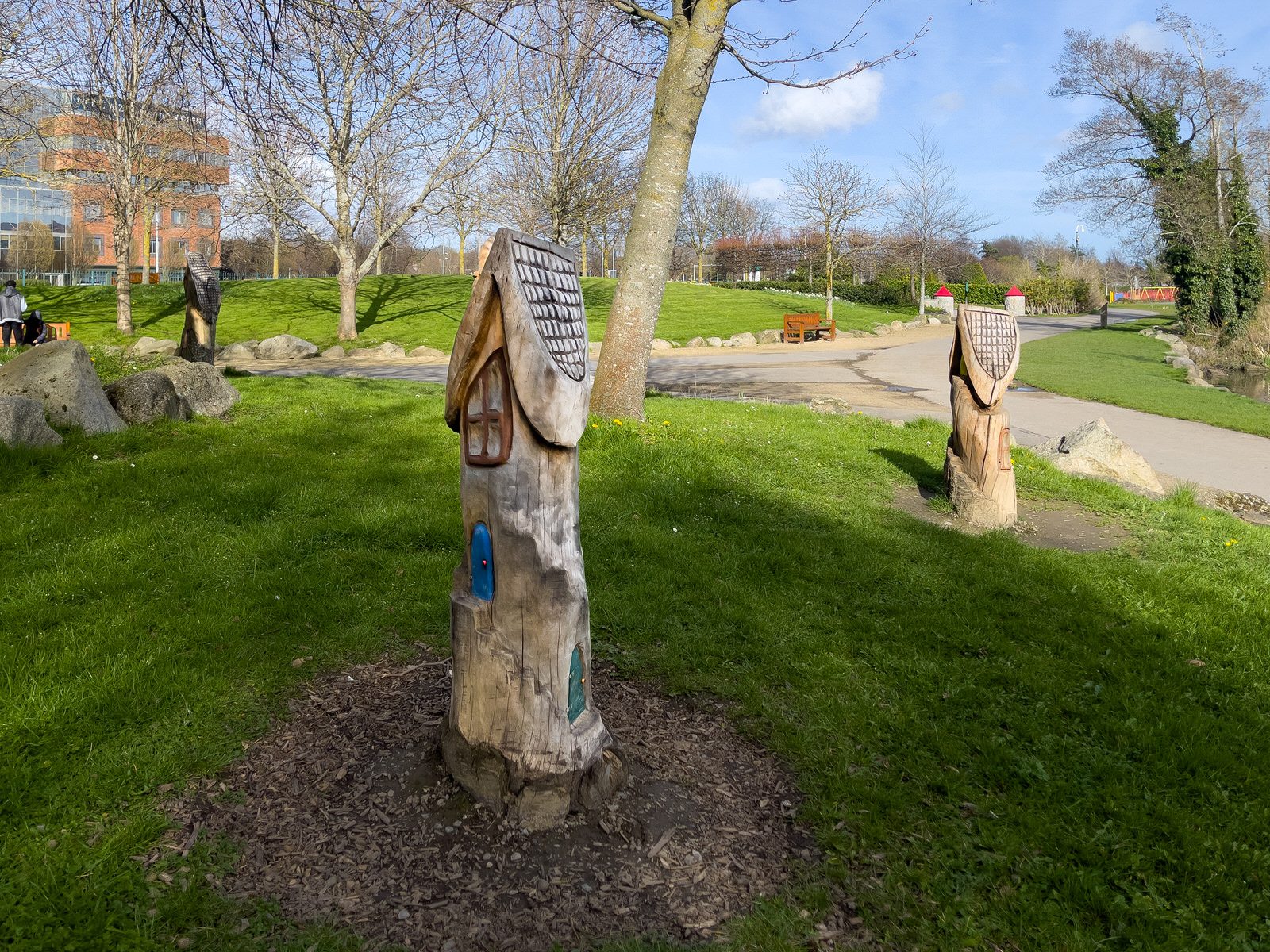
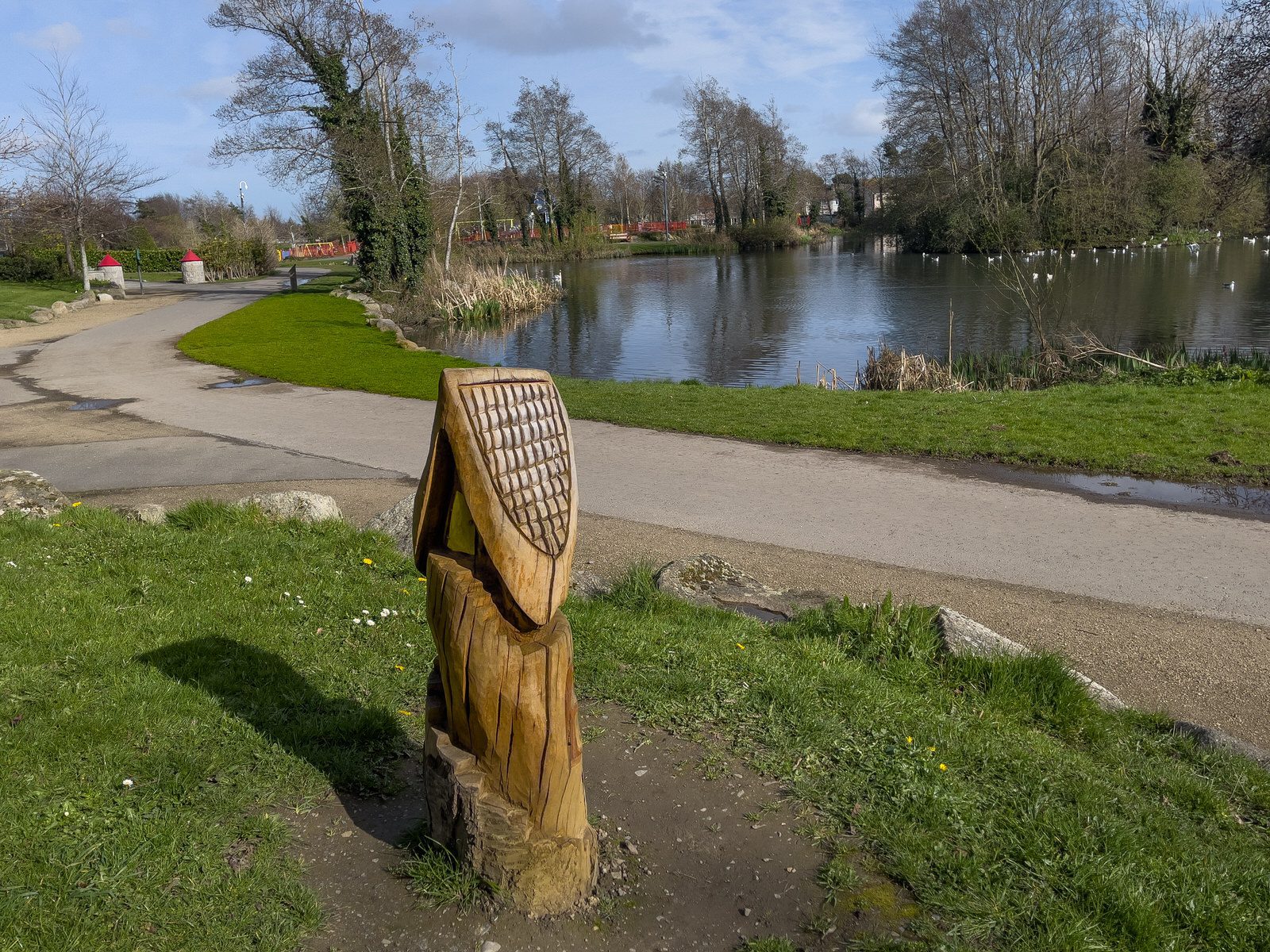
![PEDESTRIAN BRIDGE ACROSS THE GRAND CANAL [DRIMNAGH TRAM STOP]-215885-1 PEDESTRIAN BRIDGE ACROSS THE GRAND CANAL 001](https://excellentstreetimages.com/2023HeadlessPhotoBlogWordPress/wp-content/uploads/2023/03/PEDESTRIAN-BRIDGE-ACROSS-THE-GRAND-CANAL-DRIMNAGH-TRAM-STOP-215885-1.jpg)
![PEDESTRIAN BRIDGE ACROSS THE GRAND CANAL [DRIMNAGH TRAM STOP]-215886-1 PEDESTRIAN BRIDGE ACROSS THE GRAND CANAL 013](https://excellentstreetimages.com/2023HeadlessPhotoBlogWordPress/wp-content/uploads/2023/03/PEDESTRIAN-BRIDGE-ACROSS-THE-GRAND-CANAL-DRIMNAGH-TRAM-STOP-215886-1.jpg)
![PEDESTRIAN BRIDGE ACROSS THE GRAND CANAL [DRIMNAGH TRAM STOP]-215887-1 PEDESTRIAN BRIDGE ACROSS THE GRAND CANAL 012](https://excellentstreetimages.com/2023HeadlessPhotoBlogWordPress/wp-content/uploads/2023/03/PEDESTRIAN-BRIDGE-ACROSS-THE-GRAND-CANAL-DRIMNAGH-TRAM-STOP-215887-1.jpg)
![PEDESTRIAN BRIDGE ACROSS THE GRAND CANAL [DRIMNAGH TRAM STOP]-215888-1 PEDESTRIAN BRIDGE ACROSS THE GRAND CANAL 011](https://excellentstreetimages.com/2023HeadlessPhotoBlogWordPress/wp-content/uploads/2023/03/PEDESTRIAN-BRIDGE-ACROSS-THE-GRAND-CANAL-DRIMNAGH-TRAM-STOP-215888-1.jpg)
![PEDESTRIAN BRIDGE ACROSS THE GRAND CANAL [DRIMNAGH TRAM STOP]-215889-1 PEDESTRIAN BRIDGE ACROSS THE GRAND CANAL 010](https://excellentstreetimages.com/2023HeadlessPhotoBlogWordPress/wp-content/uploads/2023/03/PEDESTRIAN-BRIDGE-ACROSS-THE-GRAND-CANAL-DRIMNAGH-TRAM-STOP-215889-1.jpg)
![PEDESTRIAN BRIDGE ACROSS THE GRAND CANAL [DRIMNAGH TRAM STOP]-215876-1 PEDESTRIAN BRIDGE ACROSS THE GRAND CANAL 009](https://excellentstreetimages.com/2023HeadlessPhotoBlogWordPress/wp-content/uploads/2023/03/PEDESTRIAN-BRIDGE-ACROSS-THE-GRAND-CANAL-DRIMNAGH-TRAM-STOP-215876-1.jpg)
![PEDESTRIAN BRIDGE ACROSS THE GRAND CANAL [DRIMNAGH TRAM STOP]-215877-1 PEDESTRIAN BRIDGE ACROSS THE GRAND CANAL 008](https://excellentstreetimages.com/2023HeadlessPhotoBlogWordPress/wp-content/uploads/2023/03/PEDESTRIAN-BRIDGE-ACROSS-THE-GRAND-CANAL-DRIMNAGH-TRAM-STOP-215877-1.jpg)
![PEDESTRIAN BRIDGE ACROSS THE GRAND CANAL [DRIMNAGH TRAM STOP]-215878-1 PEDESTRIAN BRIDGE ACROSS THE GRAND CANAL 007](https://excellentstreetimages.com/2023HeadlessPhotoBlogWordPress/wp-content/uploads/2023/03/PEDESTRIAN-BRIDGE-ACROSS-THE-GRAND-CANAL-DRIMNAGH-TRAM-STOP-215878-1.jpg)
![PEDESTRIAN BRIDGE ACROSS THE GRAND CANAL [DRIMNAGH TRAM STOP]-215879-1 PEDESTRIAN BRIDGE ACROSS THE GRAND CANAL 006](https://excellentstreetimages.com/2023HeadlessPhotoBlogWordPress/wp-content/uploads/2023/03/PEDESTRIAN-BRIDGE-ACROSS-THE-GRAND-CANAL-DRIMNAGH-TRAM-STOP-215879-1.jpg)
![PEDESTRIAN BRIDGE ACROSS THE GRAND CANAL [DRIMNAGH TRAM STOP]-215880-1 PEDESTRIAN BRIDGE ACROSS THE GRAND CANAL 005](https://excellentstreetimages.com/2023HeadlessPhotoBlogWordPress/wp-content/uploads/2023/03/PEDESTRIAN-BRIDGE-ACROSS-THE-GRAND-CANAL-DRIMNAGH-TRAM-STOP-215880-1.jpg)
![PEDESTRIAN BRIDGE ACROSS THE GRAND CANAL [DRIMNAGH TRAM STOP]-215881-1 PEDESTRIAN BRIDGE ACROSS THE GRAND CANAL 004](https://excellentstreetimages.com/2023HeadlessPhotoBlogWordPress/wp-content/uploads/2023/03/PEDESTRIAN-BRIDGE-ACROSS-THE-GRAND-CANAL-DRIMNAGH-TRAM-STOP-215881-1.jpg)
![PEDESTRIAN BRIDGE ACROSS THE GRAND CANAL [DRIMNAGH TRAM STOP]-215882-1 PEDESTRIAN BRIDGE ACROSS THE GRAND CANAL 003](https://excellentstreetimages.com/2023HeadlessPhotoBlogWordPress/wp-content/uploads/2023/03/PEDESTRIAN-BRIDGE-ACROSS-THE-GRAND-CANAL-DRIMNAGH-TRAM-STOP-215882-1.jpg)
![PEDESTRIAN BRIDGE ACROSS THE GRAND CANAL [DRIMNAGH TRAM STOP]-215883-1 PEDESTRIAN BRIDGE ACROSS THE GRAND CANAL 002](https://excellentstreetimages.com/2023HeadlessPhotoBlogWordPress/wp-content/uploads/2023/03/PEDESTRIAN-BRIDGE-ACROSS-THE-GRAND-CANAL-DRIMNAGH-TRAM-STOP-215883-1.jpg)
![PEDESTRIAN BRIDGE ACROSS THE GRAND CANAL [DRIMNAGH TRAM STOP]-215884-1 PEDESTRIAN BRIDGE ACROSS THE GRAND CANAL 014](https://excellentstreetimages.com/2023HeadlessPhotoBlogWordPress/wp-content/uploads/2023/03/PEDESTRIAN-BRIDGE-ACROSS-THE-GRAND-CANAL-DRIMNAGH-TRAM-STOP-215884-1.jpg)

